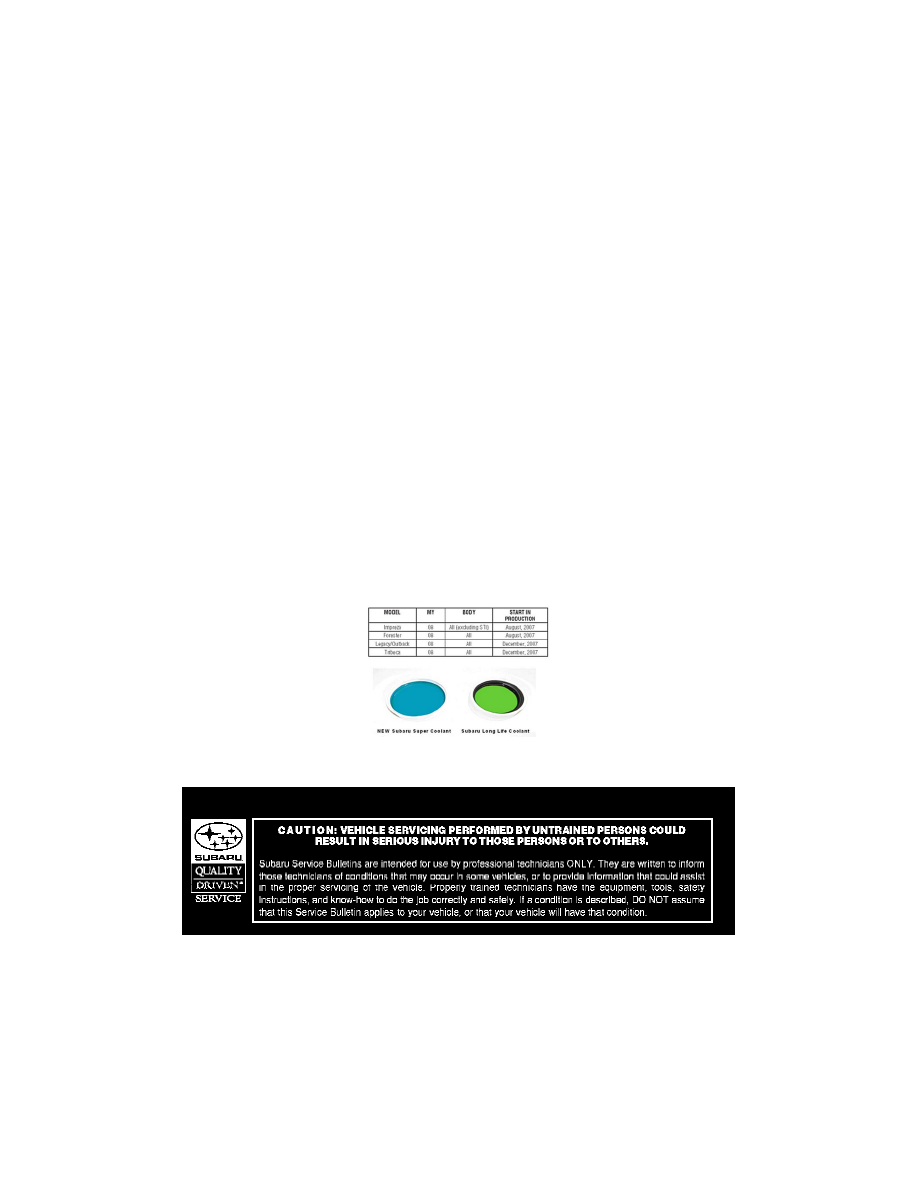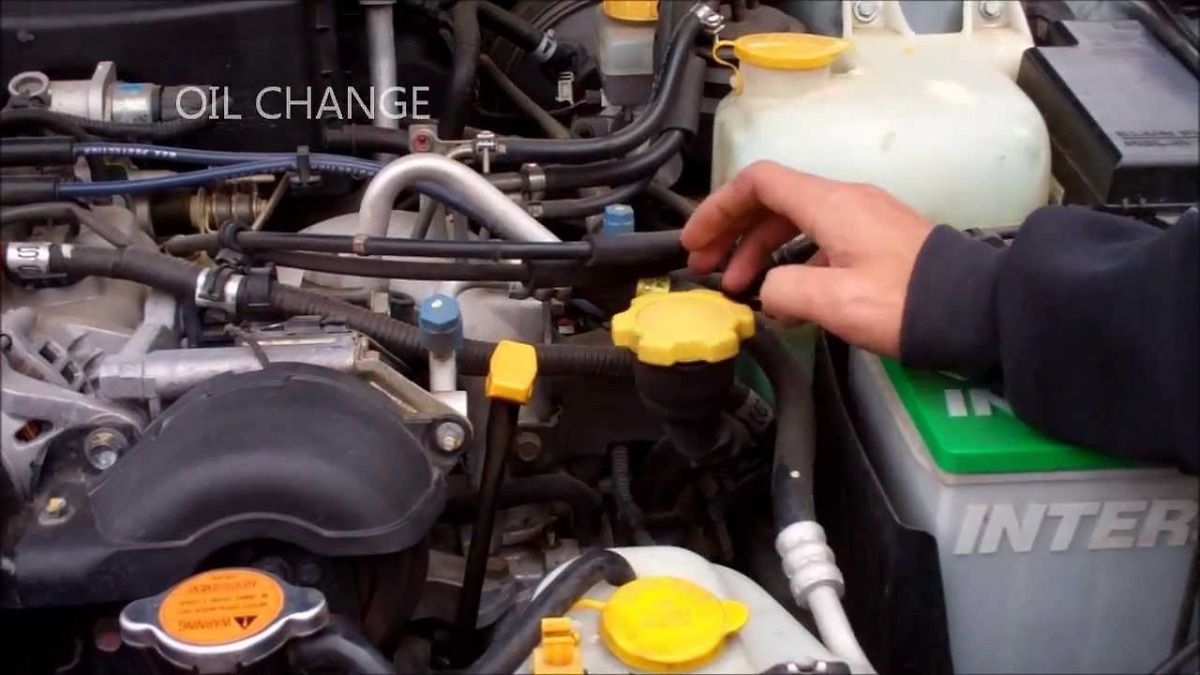
Coolant entering into parts of your engine it shouldn’t be is a serious problem and must be addressed immediately. A common symptom of head gasket failure is excessive white smoke coming from your exhaust. When your head gaskets fail, the coolant will leak into your engine’s combustion chambers, where it will be consumed while your car is running. In that case, the chances are that it is leaking internally into your engine. Suppose you do not notice any coolant puddles where you usually park your Subaru, but your coolant level keeps getting low. When this part fails, it usually leaves coolant spots on the carpet where the passenger’s feet rest. Regular coolant flushes will help the heater core perform at its best and last longer. Typically it will be located behind the glove box and can be tricky to diagnose as it’s hard to reach. Think of it as a smaller version of your Subaru’s main engine radiator. The heater core provides warmth in the vehicle cabin when you turn the heat on. It is also a good idea to use new coolant hose clamps every time the hoses are replaced. The cooling hoses usually become hard and brittle and can split open when the cooling system is under pressure. These hoses are made out of rubber, and after being exposed to the elements and going through thousands of heat cycles, they will degrade and can fail. As a preventative measure, your radiator hoses should be replaced every four to five years or 50,000 to 60,000 miles. There are multiple types of coolant hoses under your Subaru’s hood that can fail. Your vehicle’s timing belt drives the water pump, so it is a good idea to replace both simultaneously. The timing belt can wear out, causing the water pump to fail.

If there is another cooling system part that has failed, it will put an excessive amount of stress on the water pump leading to its early demise.If the incorrect coolant is used in the vehicle, it can degrade the pump’s internals, causing premature failure.Your water pump could fail early due to a few issues: Generally, most Subaru models only need the water pump replaced every 100,000 miles. You will see puddles of coolant on the ground where you park. When the water pump is failing, coolant will usually leak out the bottom of the vehicle. Using coolant that is not recommended for your Subaru can damage your radiator internally, causing a build-up of debris which can clog your cooling system. Also, failing to perform a cooling system flush every couple of years will cause the internal cooling passages in the radiator to degrade and fail. The metal fins on the radiator are very thin and can easily be damaged, causing a leak where road debris has impacted it. The metal can degrade and begin to split apart from being exposed to the elements for too long. Putting a new cap on every time you have a cooling system flush performed is recommended. It is also possible that the radiator cap was installed incorrectly, leading to a leak as pressure builds up in the system. Older Subaru’s with higher mileage can also have the spring in the cap get stuck with debris built up in the cooling system. When the spring has failed, the cap can no longer hold the increasing pressure from the coolant as the temperature rises. Over time the internal spring can wear out.

Your Subaru’s radiator is sealed using a twist-off spring-loaded cap. The radiator cap should only be removed when a coolant system flush is being performed or in an emergency where you have to top off your coolant to get to the repair shop.

The most common parts causing your Subaru to leak coolant: 1. Read on for more details on identifying these cooling system failures, keeping your Subaru’s cooling system running at its best, and what additional damage could occur if your coolant leak isn’t repaired fast enough. Parts like a new radiator cap can be replaced for as little as $25, while a head gasket replacement can run you anywhere from $1,500 to $3,000+. Some of these repairs can be quick, easy, and inexpensive, while others can be lengthy, difficult, and expensive. The most common causes of coolant leaks in Subaru’s are having a faulty or loose radiator cap, a damaged radiator, a failing water pump, degraded/damaged coolant hoses, a failed heater core, or failed head gaskets. If your Subaru keeps running low on coolant, you have a problem that needs to be fixed. The coolant in your vehicle is part of a sealed system, so you will not need to add coolant unless there is a leak. You will need to identify the problem and get your Subaru repaired promptly to prevent further damage. You might notice coolant spots on the ground where you usually park your vehicle, indicating a failure in your cooling system. Most modern Subarus have a coolant level sensor that will turn on a warning light in the dashboard if the fluid level gets too low.


 0 kommentar(er)
0 kommentar(er)
